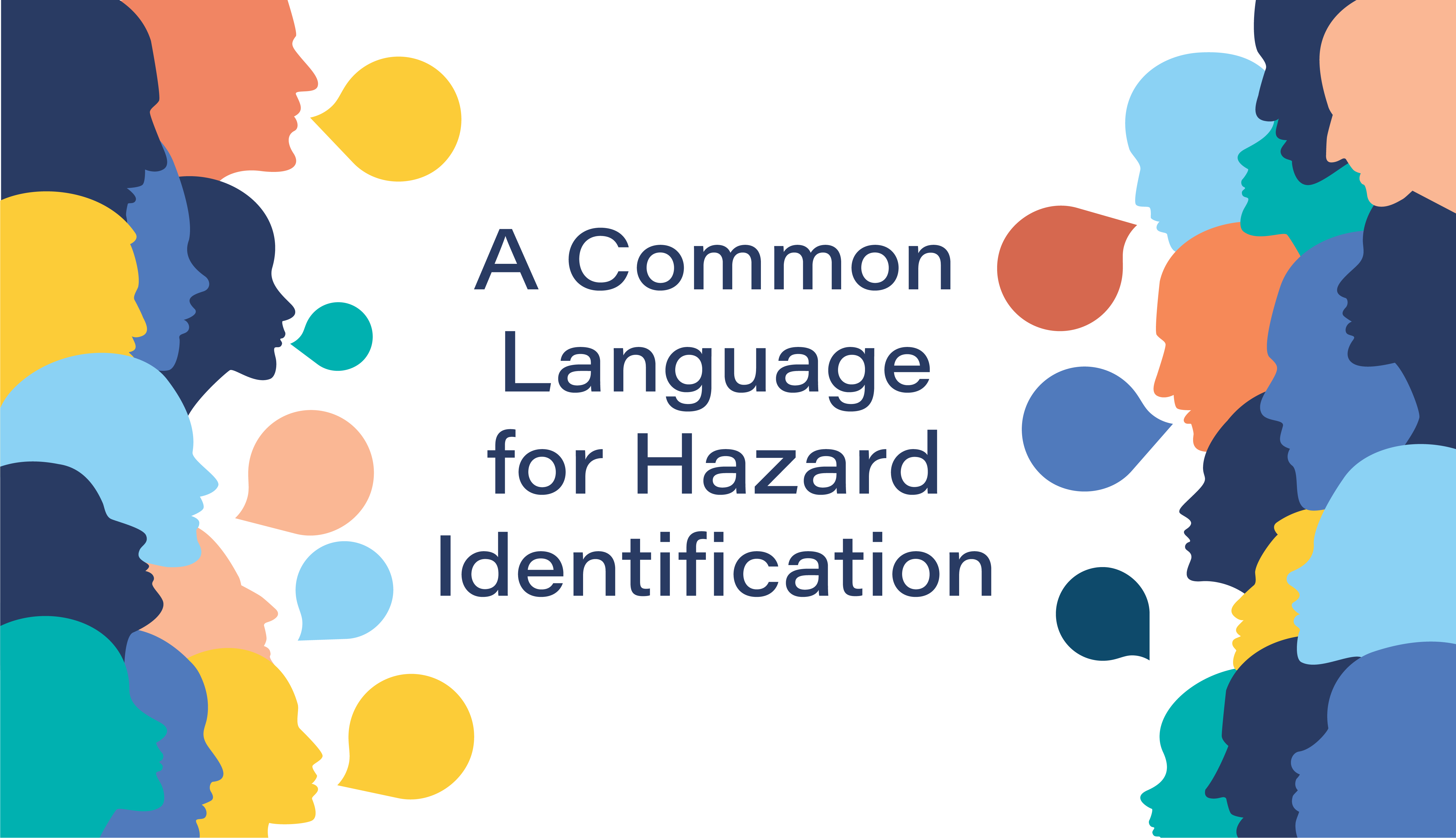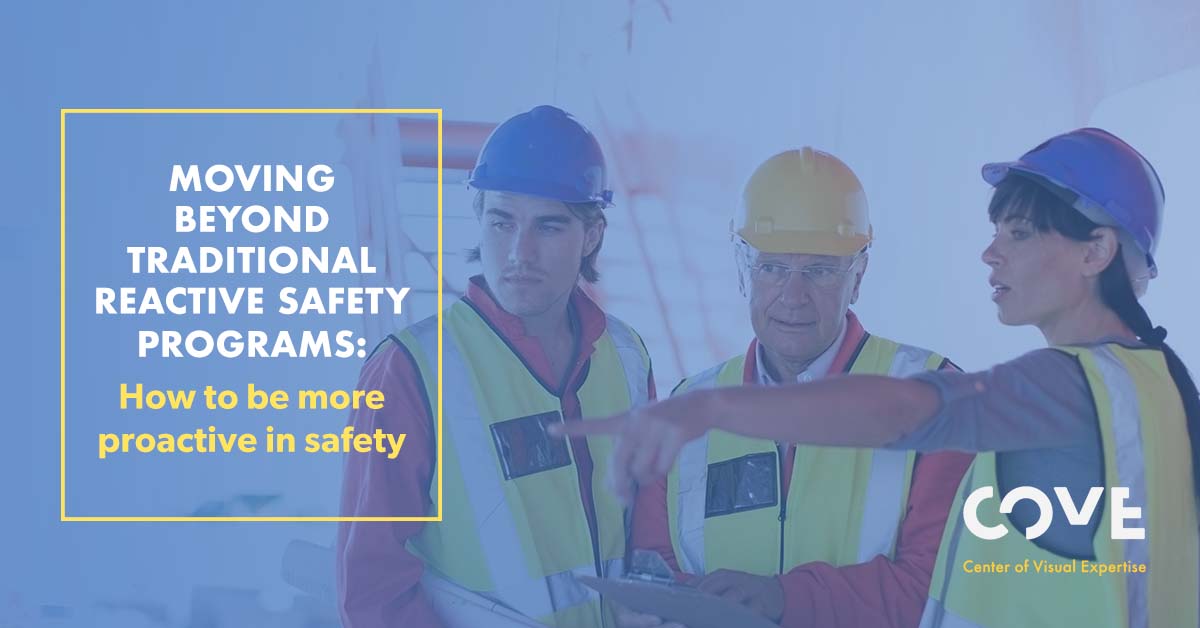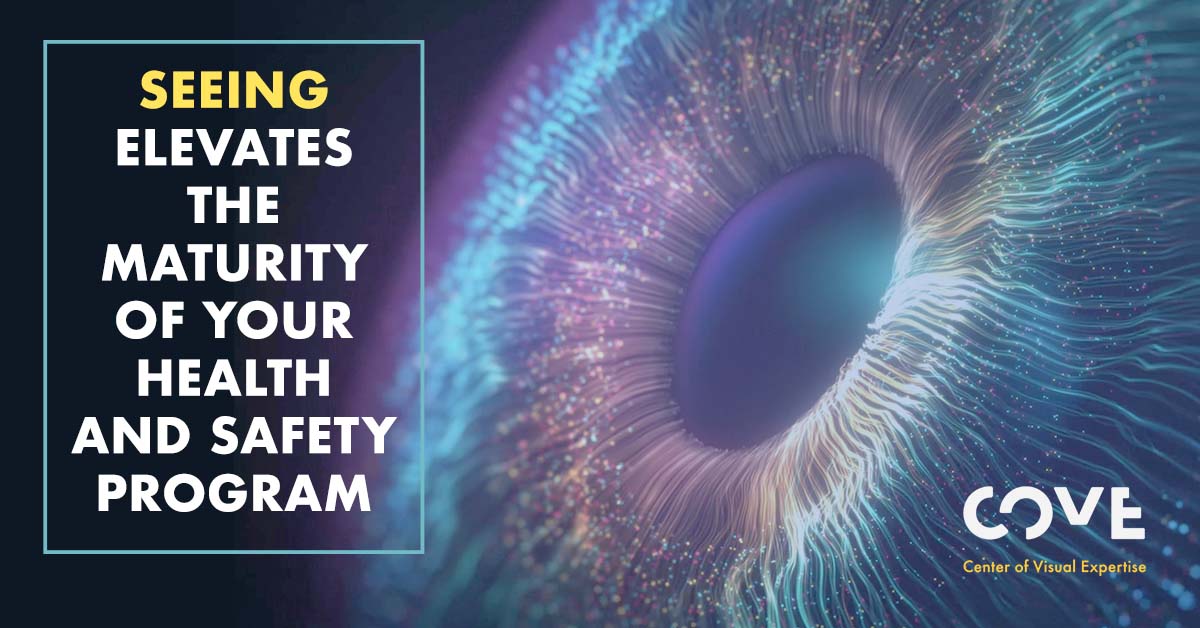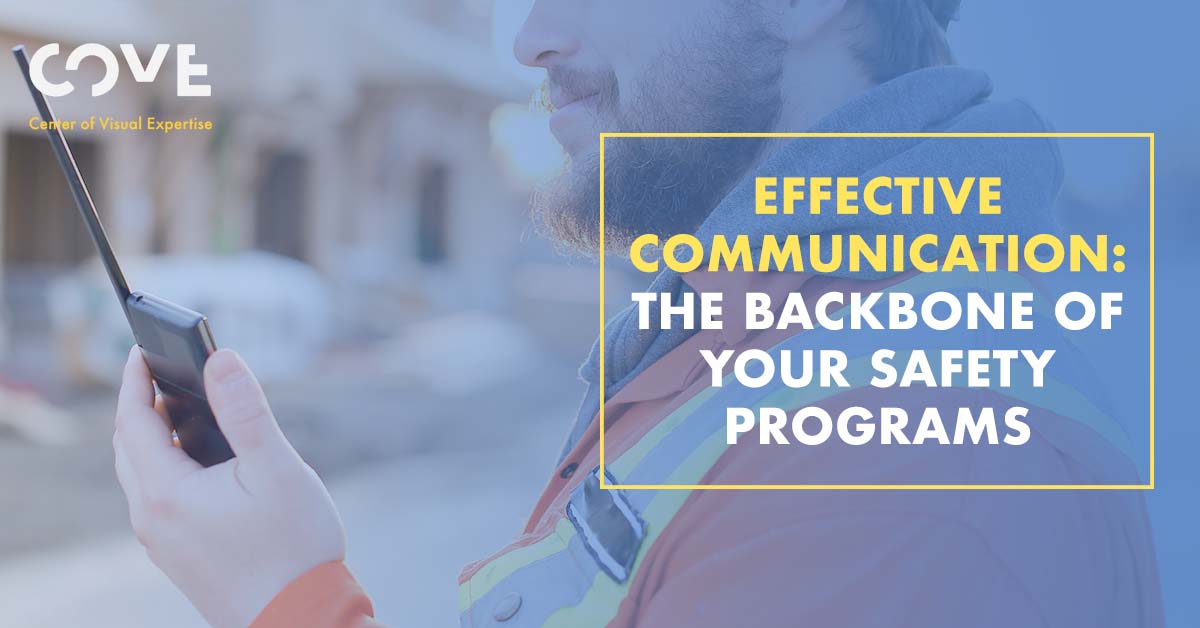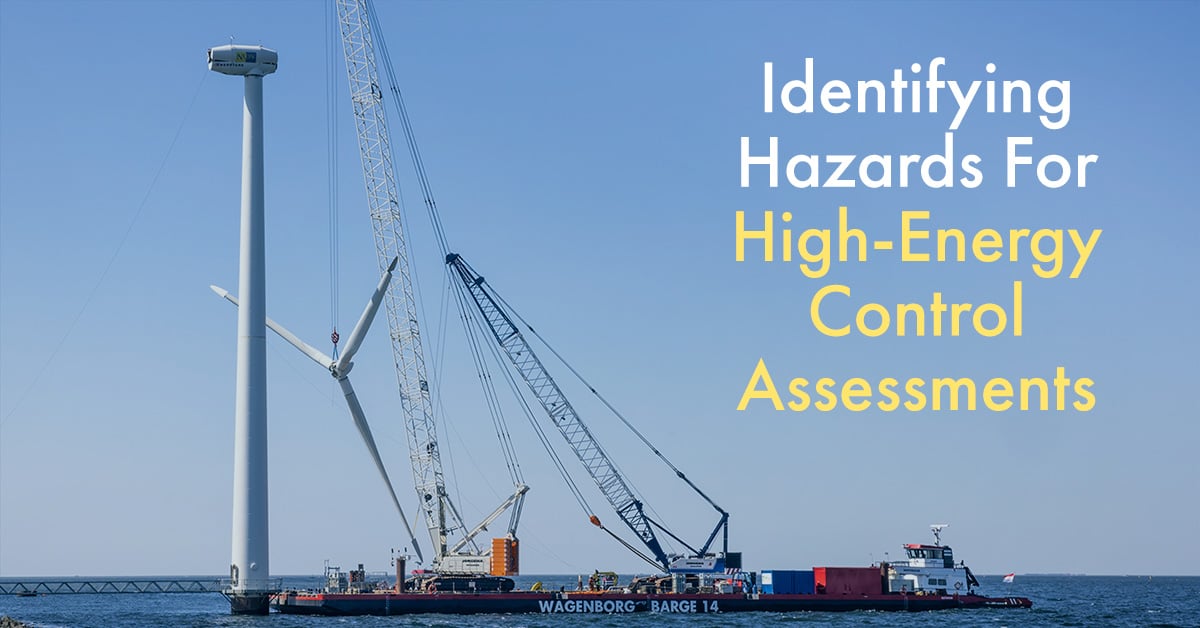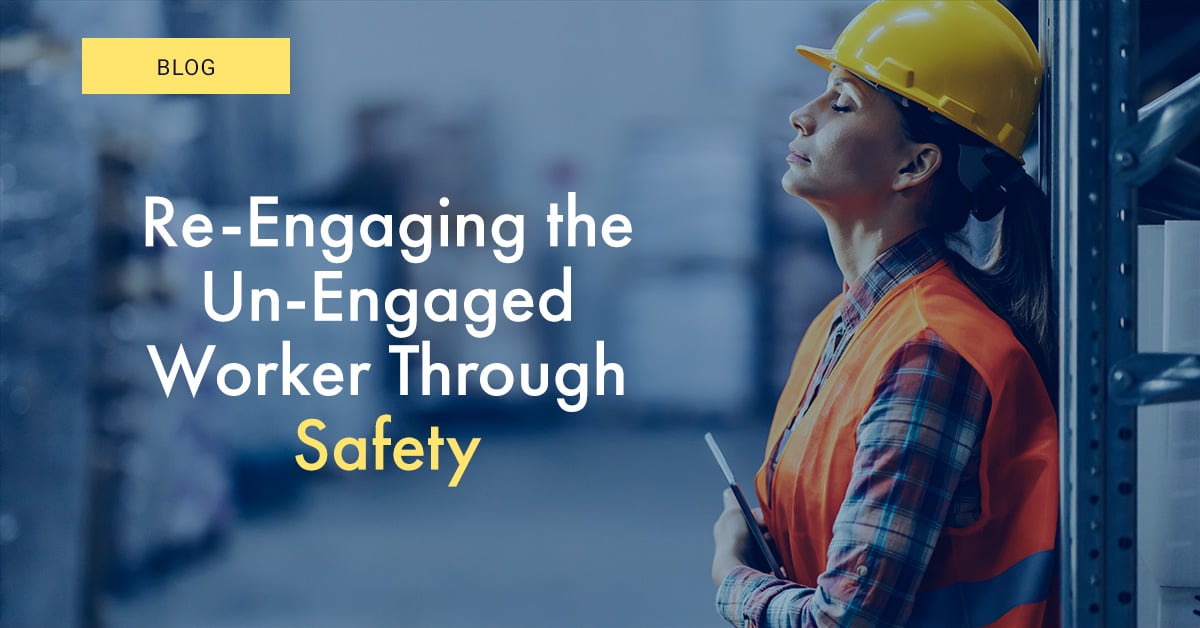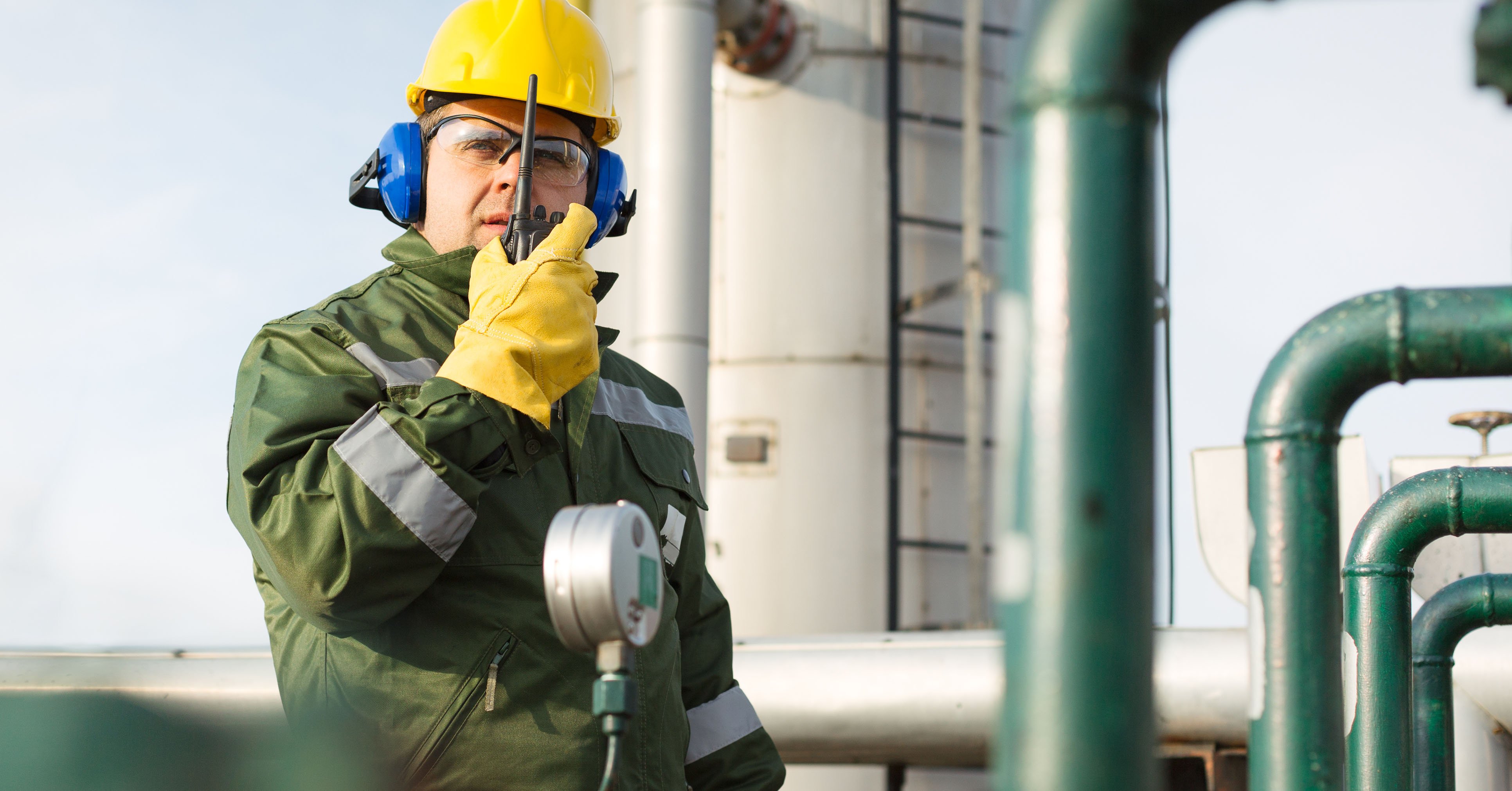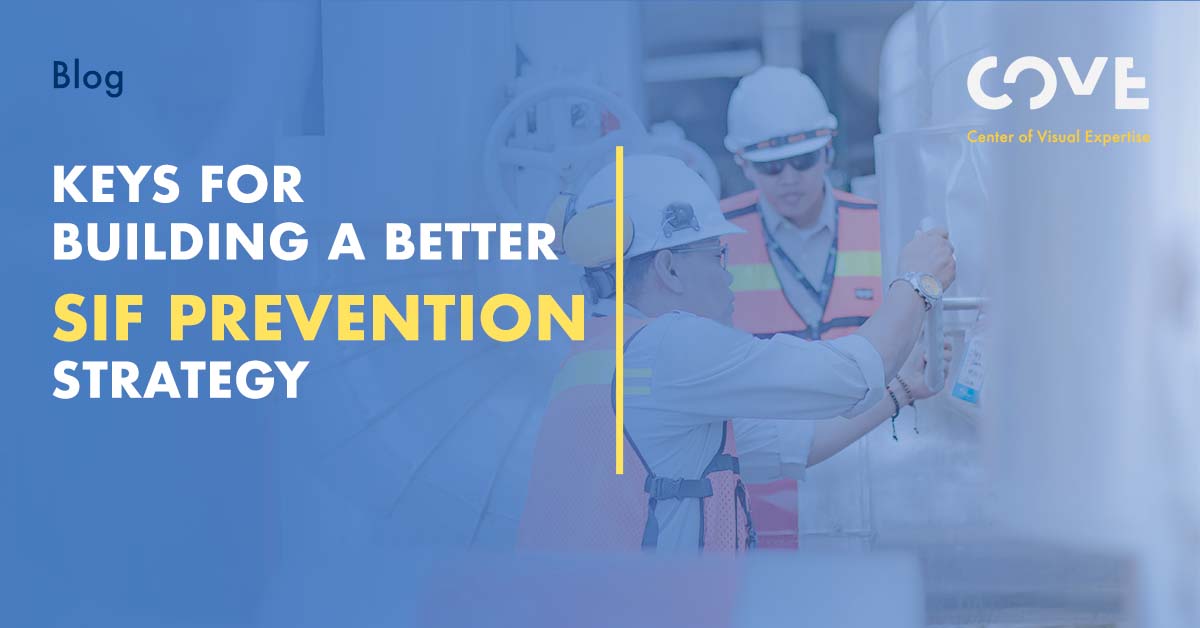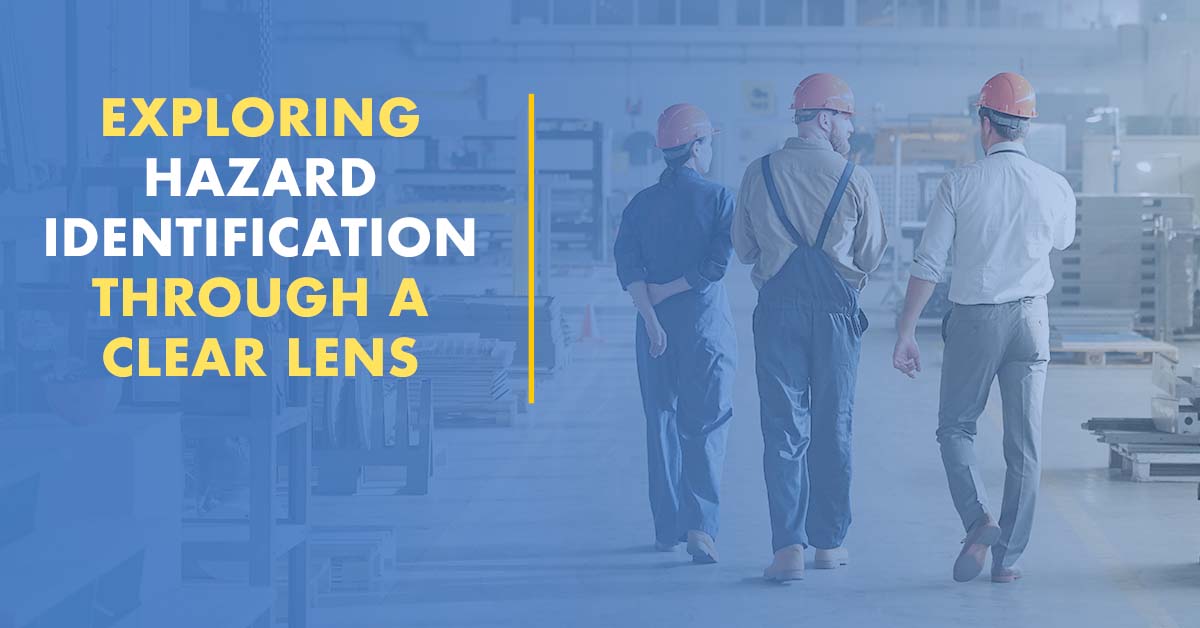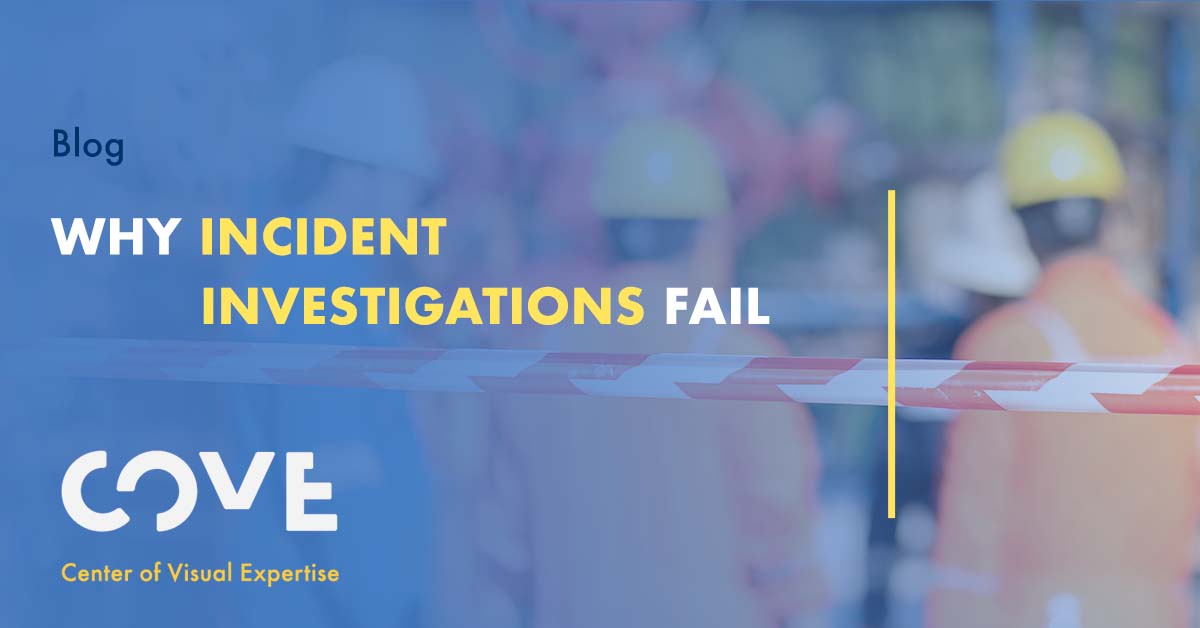By Dave Johnson on Jan 24, 2023 12:34:18 PM
The work of hazard identification and risk assessment benefits from participants employing a common language to communicate what they see. In this digital age when images are superseding words as our primary form of communication, the language of visual literacy is timely. This is appropriate for identifying and assessing hazards. For what are hazards but images, really?
A work environment can include any number of hazardous images:
- spills on the floor
- blocked aisles
- frayed electrical cords
- machinery with guarding removed
- trenches are not reinforced
- ladders set at too steep an angle
- rotting wooden pallets unsafe for handling
- shelving stocked too high and unstable
- forklifts missing headlights
- robotic cells unlocked and unguarded
- trash in stairwells
- energized equipment without locks or tags
- fall protection systems with unstable anchor points
- scaffolding not rigged properly
- weather-eroded holes in the parking lot
Hazard hunters looking for these dangerous images are taking mental snapshots of workplace images. If two workers spot the same hazard but describe it differently – “I think the warehouse robots are moving too fast” versus “I think the robots are moving too close together” how do you know what action to take? What “fix” is necessary?
Hazard identification is fruitless – and potentially confusing and even chaotic – if a common descriptive, objective language is not taught and shared by all workers. The common starting point for every hazard spotted is to “communicate what you see, not what you think,” says Glenn Murray, managing director of the Center of Visual Expertise (COVE). Thinking introduces opinions, speculation, guesses, and cognitive biases, blind spots in thinking, that produce inaccurate descriptions, analyses and risk assessments, and inappropriate abatement strategies.
The language of visual literacy is unambiguous. As Murray says, “red is red, a line is a line, there is no judgment when using objective terms.”
Visual literacy as taught by COVE includes specific terms adapted from the Toledo Museum of Art’s Elements of Art – color, lines, shapes, space and texture. This is a common vocabulary learned by workers to enable consistent and comparable hazard descriptions. Workers can describe that lines that should have been straight were not. Parts of a task or work area were not in alignment.
An inspection of housekeeping might use space and shapes to describe work conditions. Stored items had inadequate spacing. The aisles are too tight. There is no orderly shape or planned organization to how tools and equipment are sorted, set in place, cleaned and standardized.
Texture is another element of art workers become sensitive to. Are stair treads worn or not in place? Have worn tools lost their grip? How many hazards are missed if texture is not considered?
Critical thinking is a pre-requisite
Critical thinking is the connective tissue of visual literacy’s common language. It is the source for seeing objectively, without bias or personal judgments, analyzing a hazard’s meaning – its potential for harm – and concisely communicating that assessment and what’s going to be done-- the action that needs to be taken.
Workers grounded in critical thinking remain focused while spotting hazards in large, complex, crowded work conditions. They know analysis hinges on attention to detail. They make repeated observations knowing that due diligence can lead to discovery. They visualize what they have discovered, creating a mental picture, to make sense of what they see and to be able to put their point across in a convincing manner.
Visual literacy’s language is not superficial. It is not a language of checklists, bullet points and rules to follow. Critical thinking looks for deeper meaning in what is observed. It is analytical thinking. Critical thinking also breaks down a complex environment or work situation into smaller parts to gain a better understanding of the risks.
Visual literacy’s common language would not exist without the backbone of critical thinking. This extends to the final step in the hazard identification process – communicating what you see, what it means, and what you are going to do about it. This information is conveyed in tight conciseness, with no technical jargon or rambling opinions. As Murray says, “Stick to the facts.”
Hazard identification is one of the most commonly practiced safety program activities. It’s done in:
- pre-shift huddles
- formal audits
- informal walkarounds
- behavior-based safety observations
- periodic hazard hunts or hazard hauls
Imagine how productive, revealing, proactive and potentially life-saving hazard identification and risk assessment is if everyone participating is using the same terms and critical thinking competencies. You see similar common languages used by physicians and nurses; law enforcement personnel; military personnel; lawyers and judges; and craftspeople such as plumbers, electricians and welders. COVE’s visual literacy language brings the same professional bonding, teamwork and time-saving communication to safety.
Learn more about this innovative approach in our virtual workshop "Seeing Safety with Visual Literacy" where we talk more about these simple tools that can be utilized to improve our ability to spot hazards and communicate more effectively so the appropriate corrective actions are taken.
